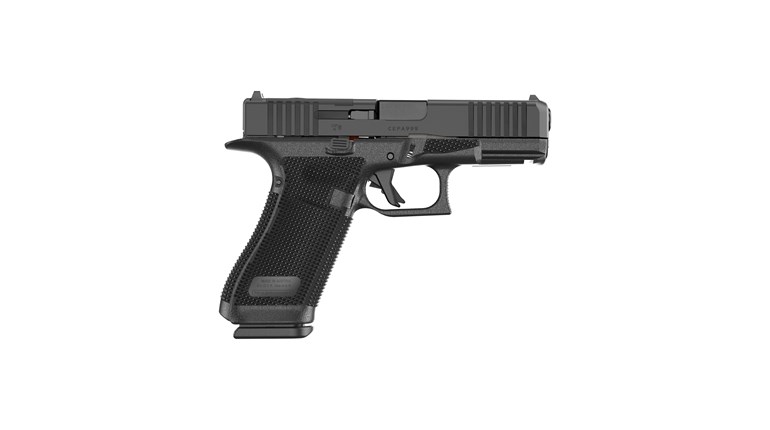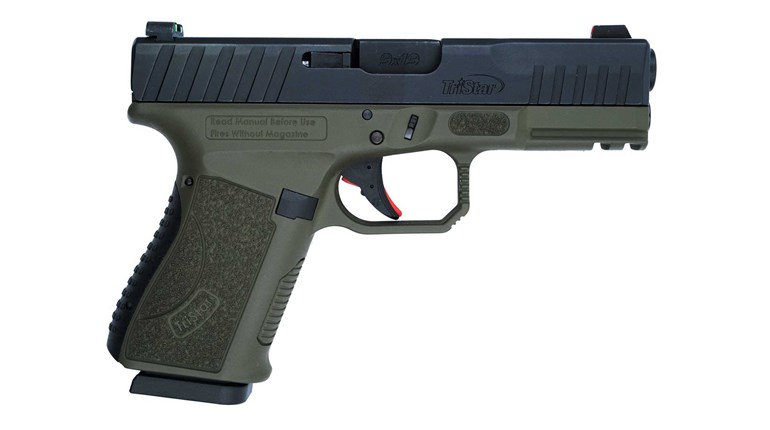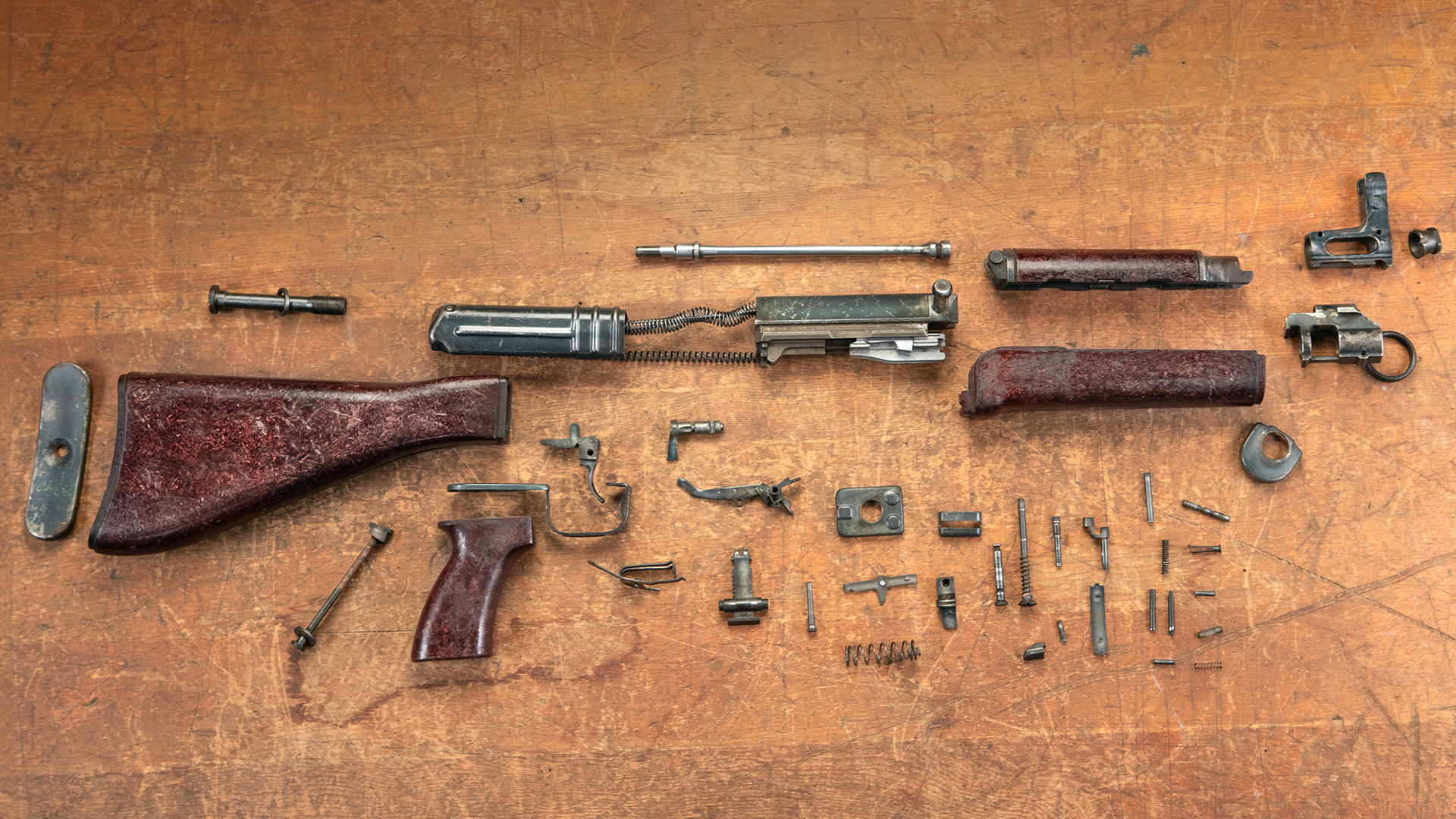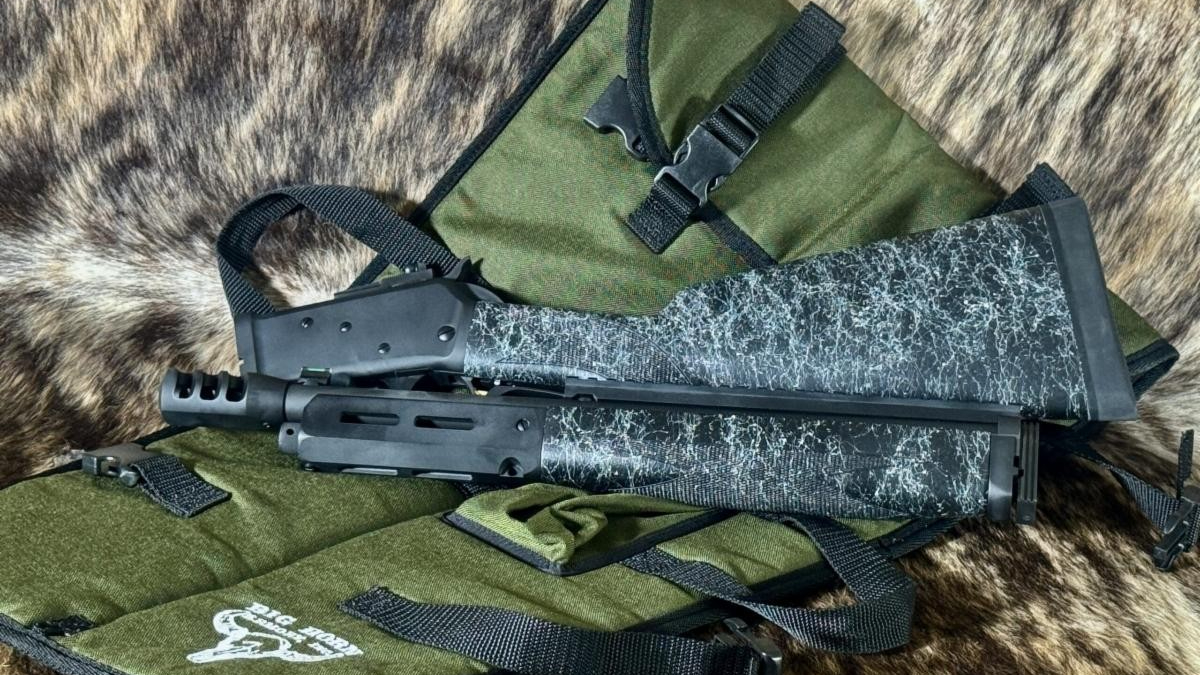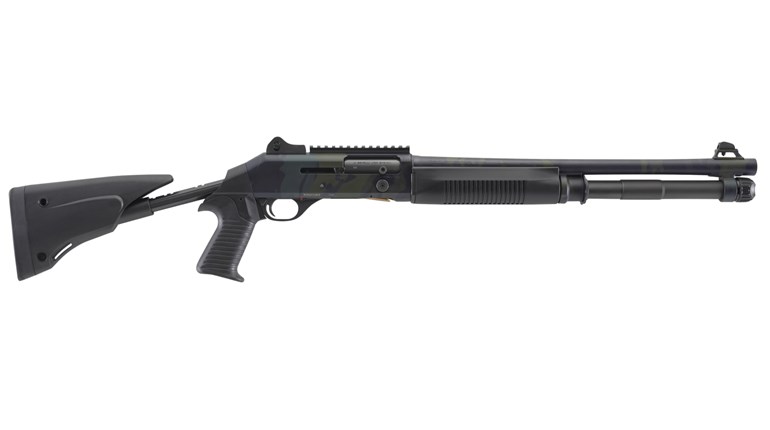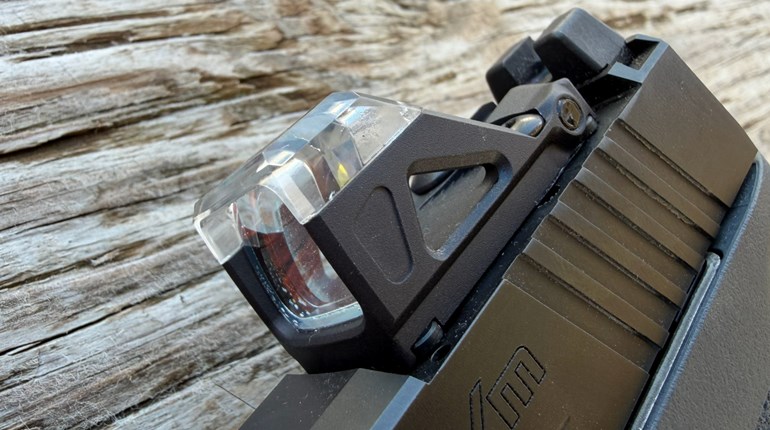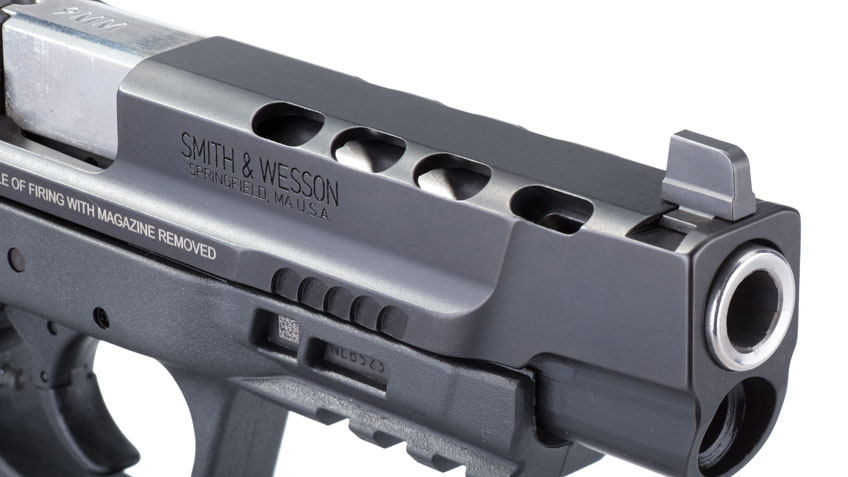
If you look at a picture of a car and it has tail fins, you know it was from the 1950s. If you look at a picture of home interiors and they’re full of shag carpet and avocado-hued appliances, you know they’re from the 1970s. Nowadays, if you look at a photo of a pistol and it looks like the slide lost a fight with a CNC machine, you know it’s from the end of the Twenty-Teens.
I’m not exactly sure who actually originated this fad, so I’ll blame Glock.
It didn’t actually start with Glock, mind you. IPSC and USPSA open shooters, in a never-ending quest for flatter-shooting guns and wanting to shave every possible picosecond off cycle time, were lightening the slides on raceguns since way back in the day.
But, it was Glock that brought lightening cuts in slides to the masses at the gun counter via its G17L and the later “practical tactical” G34 and G35. While these pistols were developed with competition in mind, the primary rationale behind the ovoid windows in the top of their slides was more prosaic than that.
Glock is a company that ruthlessly pursues economies of scale, see. That lightening cut you see in the top of a G34 or G17L slide isn’t the only one there is, which you’ll notice if you pull the slide off the gun and flip it over. The cumulative effect of all this removed metal is that the slide on a Glock G34 is only about a half-ounce heavier than a regular G17 slide (and the G17L slide is only another tiny fraction of an ounce heavier than that found on the G34.)
The result of this is that all three Glocks can use the same recoil-spring assembly. Cost savings achieved.
Of course, people complained about this right from the beginning, claiming that the hole in the top of the slide was just an entry point for debris. This, of course, ignores that military handguns from Beretta had slides that were pretty much nothing but hole dating back to the 1930s with no appreciable ill effects.
CNC-milled aftermarket slides are a popular aftermarket modification on Glocks, and having lightening cuts milled so that a gold TiN-coated aftermarket barrel is visible sure does make a handgun look cool in those “EDC” photos on Instagram. Also, randomly altering the weight of your Glock’s slide can cause you to have to fiddle with various recoil-spring weights and ammo power factors to regain reliability, just like a custom-1911 shooter.
Meanwhile, other pistol manufacturers weren’t going to sit by and let Glock’s G34 have an unchallenged run at pistol matches or in gun-store showcases, and so an ever-increasing wave of long-slide pistols have been joining them in the last few years.
Because profit margin is cool, these companies are just as interested in being able to use the recoil-spring assembly from the original duty gun in their 5-inch race model as Glock was. The easiest way to do this is to lighten the longer slide by milling lightening cuts in it.
It was probably inevitable that these utilitarian cuts also became used as styling flourishes to distinguish one company’s long-slide, striker-fired pistol from the next brand over on the dealer’s shelf: This one has rows of portholes down the top of the slide, that one has banks of angled shark gills behind the forward cocking serrations, yet another has stylishly angled “windows” in the sides. Everybody’s long-slide has its own distinctive style of “speed holes.”
It’s to the point where holes in the slide have just become a styling shorthand for “this gun is custom” when even a Performance Center Shield from Smith & Wesson has portholes in it. SIG Sauer put lightening cuts in the slide of the P320 X-Five for weight reduction, but the X-Carry and X-Tactical have them because X-guns have X-holes. And they do kinda look cool.
Once everybody’s doing something, it’s only a matter of time before someone differentiates themselves by not doing it. Hence my prediction that eventually the elaborately machined slide is going to be the poodle skirt or bell-bottomed jeans of pistol styling; a way of reliably dating a pistol to a certain period of time, the way elaborately hooked trigger guards or matte-nickel finishes say to veteran shooters “Disco Era!”
In the meantime, I’m going shopping for a gold TiN barrel to better show off these speed holes. Should I get flutes, or go for the golf ball dimples?













